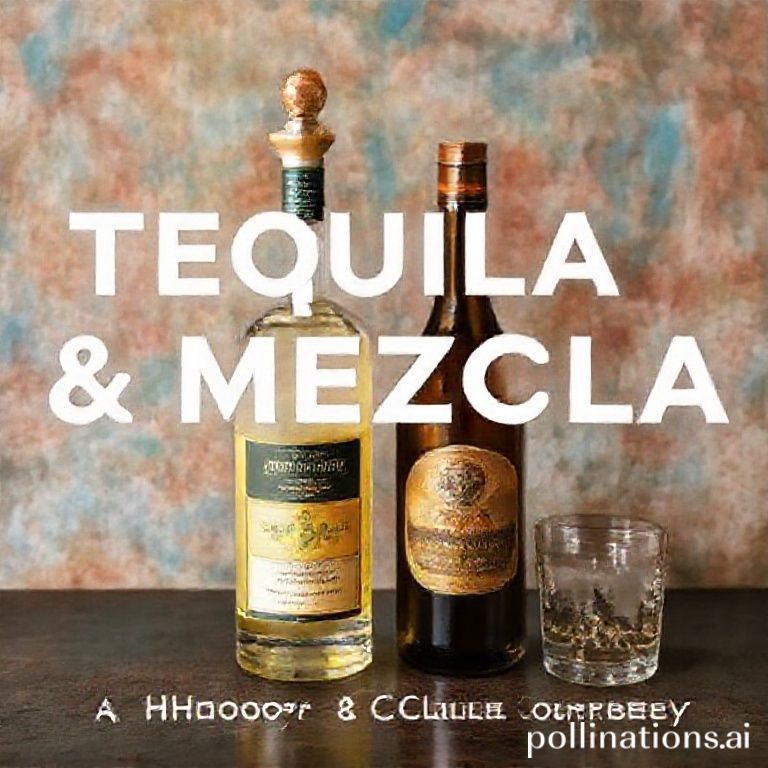Mexico is a land brimming with vibrant culture, rich history, and flavors that tantalize the senses. Among its most iconic exports are tequila and mezcal, two distilled spirits that represent not just a drink, but a deeply ingrained part of Mexican heritage. While often confused, tequila and mezcal each possess unique characteristics and a captivating backstory, offering a glimpse into the traditions and artistry of their production.
Embarking on a journey through the history and culture of tequila and mezcal is like stepping into the heart of Mexico itself. From the ancient agave plant to the modern-day distilleries, every step of the process is steeped in tradition and passion. Understanding the nuances of these spirits allows us to appreciate them not just as beverages, but as embodiments of Mexican identity.
The Ancient Roots of Agave Spirits
The story of tequila and mezcal begins long before the arrival of the Spanish conquistadors. Indigenous communities in Mexico had been fermenting and distilling agave for centuries, creating a drink known as “pulque,” a milky, slightly acidic beverage considered sacred. The introduction of distillation techniques by the Spanish in the 16th century revolutionized the process, leading to the creation of stronger, clearer spirits.
Agave: The Heart of the Matter
- Both tequila and mezcal are derived from the agave plant, a succulent native to Mexico.
- There are hundreds of agave species, but only the blue agave (Agave tequilana) can be used to produce tequila.
- Mezcal, on the other hand, can be made from over 30 different agave varieties, each imparting its own unique flavor profile.
Tequila: A Spirit of Jalisco
Tequila’s production is strictly regulated and can only be produced in specific regions of Mexico, primarily in the state of Jalisco. The blue agave plants are carefully cultivated for several years before being harvested. The “piñas” (the heart of the agave plant) are then cooked, crushed, and fermented before being distilled, typically twice, to create the final product.
Tequila Classifications
- Blanco (Silver): Unaged tequila, bottled immediately or shortly after distillation, offering the purest agave flavor.
- Reposado (Rested): Aged in oak barrels for a period of two months to a year, gaining a subtle oak influence.
- Añejo (Aged): Aged in oak barrels for one to three years, developing a richer, more complex flavor profile.
- Extra Añejo (Extra Aged): Aged in oak barrels for more than three years, resulting in a smooth, sophisticated spirit.
Mezcal: A World of Agave Diversity
Unlike tequila, mezcal boasts a much wider range of agave varieties and production regions across Mexico. This diversity leads to a vast spectrum of flavors, from smoky and earthy to fruity and floral. The traditional mezcal production process often involves roasting the agave piñas in earthen pits lined with hot stones, which imparts the characteristic smoky flavor to the spirit. Modern mezcal distilleries may use ovens for roasting, resulting in a less intense smokiness.
The Mezcal Worm: Myth and Reality
The “mezcal worm,” often found at the bottom of mezcal bottles, is actually a larva of a moth that lives on the agave plant. Its addition is primarily a marketing gimmick and is not a traditional practice in high-quality mezcal production. In fact, many serious mezcal producers consider it a sign of lower quality.
Cultural Significance and Modern Appreciation
Tequila and mezcal are more than just alcoholic beverages; they are integral to Mexican culture and celebrations. They are enjoyed neat, in cocktails, and as accompaniments to traditional dishes. The production of these spirits supports local economies and preserves traditional agricultural practices.
Sipping and Savoring: The Art of Enjoyment
To fully appreciate tequila and mezcal, it’s best to sip them slowly and savor the complex flavors. Using a proper tasting glass can enhance the aroma and allow you to fully experience the nuances of the spirit. Consider pairing them with complementary foods, such as citrus fruits, chocolate, or spicy dishes, to elevate the tasting experience.
Conclusion
The history and culture of tequila and mezcal are as rich and complex as the spirits themselves. From their ancient origins to their modern-day popularity, these beverages represent a deep connection to the land, traditions, and people of Mexico. By understanding the unique characteristics of each spirit and appreciating the craftsmanship involved in their production, we can truly savor the authentic taste of Mexico.
If you found this exploration of tequila and mezcal fascinating, share it with your friends and fellow spirit enthusiasts! Also, be sure to check out our other articles on the vibrant culture and traditions of Mexico.
IMAGE: A warmly lit, vibrant photograph of a traditional Mexican mezcal distillery. The scene includes a weathered wooden table displaying a selection of tequila and mezcal bottles alongside tasting glasses and sliced oranges. In the background, a skilled distiller in traditional clothing is overseeing the roasting of agave piñas in a stone-lined pit. Smoke gently rises, creating an atmospheric and authentic mood. The style should be reminiscent of a National Geographic documentary photograph, emphasizing earthy tones, warm lighting, and the rich cultural heritage of Mexico.


